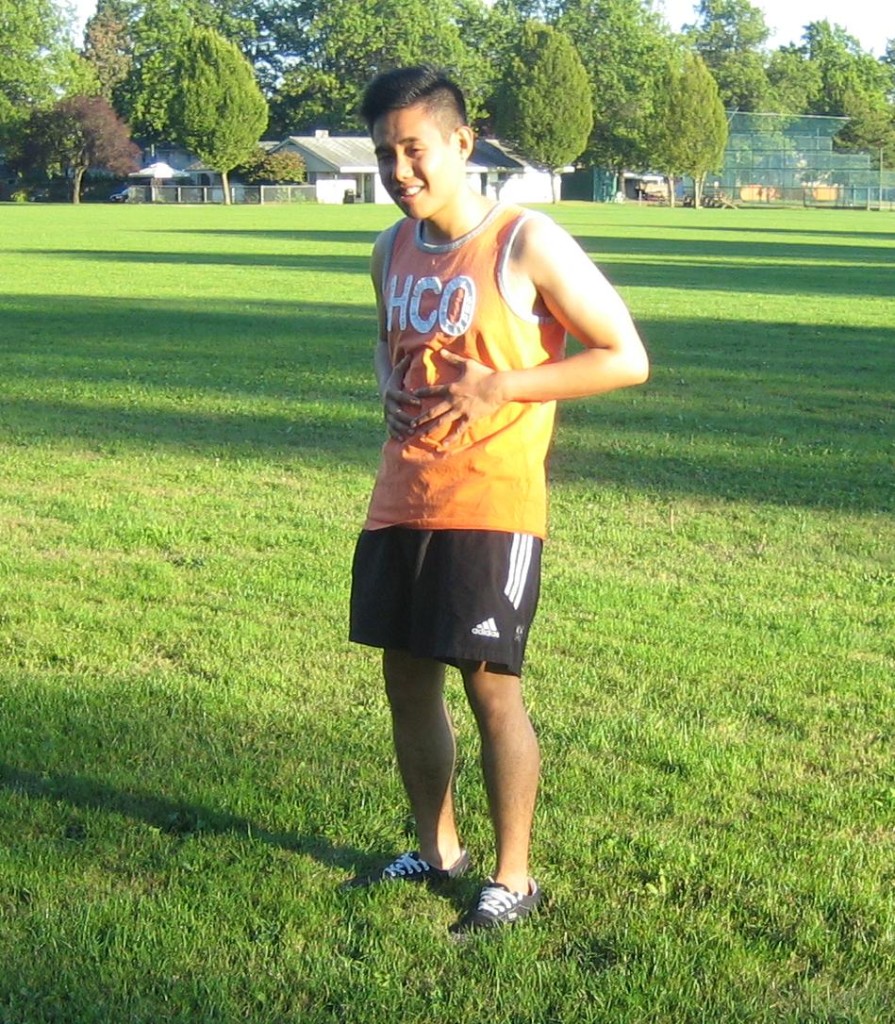If an individual ends up with heat rash during or after a workout, it is usually due to high level of heat and humidity in the environment. There are certain differences in what causes each of these conditions, but they are not considered serious and can be readily managed.
Possible causes
The form of heat rash called miliaria develops once the sweat ducts are clogged and perspiration is trapped under the skin. This is quite common among infants whose sweat ducts are not yet properly formed and among those who live in hot and humid environments.
As for cholinergic urticaria, it forms once the skin is highly sensitive to an increase in the body temperature. Aside from exercise, cholinergic urticaria can be triggered by eating spicy foods, stress, hot showers or anxiety.
Can exercise trigger heat rash?
It is not uncommon to develop either form of heat rash after a workout. The profuse sweating that occurs during physical activity can cause the sweat ducts to become clogged which results to miliaria. Engaging in highly strenuous exercise can also increase the body temperature and can lead to the development of cholinergic urticaria if the skin of the individual is susceptible to heat.
What are the signs and symptoms?

Take note that both conditions can manifest as reddened bumps on the skin that are itchy or feel prickly. The individual can also experience either form all over the body during or after a workout or can occur in specific parts of the body such as the legs, chest, arms and face.
Always bear in mind that heat rash is quite common in the skin folds such as the elbows and any part where clothing produces friction against the skin such as the armpits and groin.
Management of heat rash
The ideal form of management for both types of heat rash is to keep the skin at a cool temperature as well as using lightweight fabrics specifically cotton. There are also over-the-counter treatment measures such as calamine lotion that can soothe the itchiness.
Considerations to bear in mind
Depending on the form of heat rash that develops, the symptoms eventually subside without any specific treatment. Even though the symptoms of cholinergic urticaria do not last long after being exposed to heat, the skin is still sensitive to any increase in the temperature for many years.
A doctor should be consulted if the heat rash does not subside after a few days and/or becomes worse, presence of reddened bumps, signs of infection, swollen lymph nodes or fever develops.

